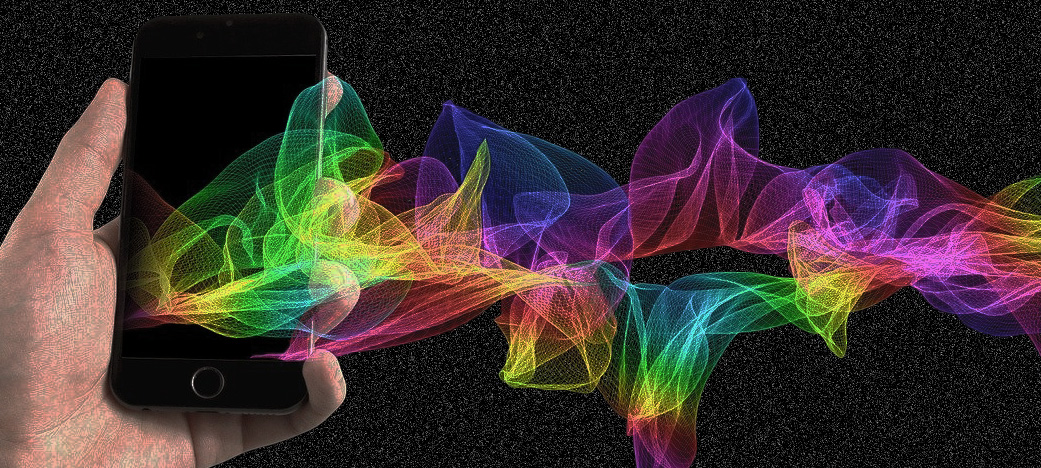Technical jargon can often be confusing to ordinary users, and with all the hype surrounding mobile telephones can particularly dizzying. Advertisers nowadays talk excitedly about “5G” and how that is superior to “4G”, for instance, as if everybody understands exactly what is involved. It wasn’t that long ago they were talking about “3G” or “LTE” in the same breathless voice. But, what do these terms really mean when discussing mobile phone networks? Are these model numbers? Speeds? Or something else entirely?
First of all, these are not model numbers, though they could be related. It doesn’t help that many manufacturers, such as Apple, use terms including numbers to distinguish successive improvements of their products. An iPhone 3G does relate to 3G, for instance, but the name of the iPhone SE (whether the first one from 2016 or the most recent second iteration with the same name) has nothing to do with “G” as such.
They’re not strictly speeds, either, but they could also be related: “4G” does not mean the phone connects with a 4 GHz (Gigahertz, a measure of frequency) speed, though it actually might. Plus there are a number of competing technical standards involved, all designated by incomprehensible esoteric acronyms.
G is for Generations
What the numbers, 3G, 4G, 5G and so on mean in referring to cellphones is the generation of mobile platform to which they belong. This is a somewhat arbitrary but complex grouping of models and capabilities around what new technologies were used at the time.
Here’s a very simplified explanation of what they all indicate and how they evolved:
0G – before there were cellphones, there was analog radio communication. There really wasn’t a “Zero Generation” as such, but the term was later applied in retrospect to World War II walkie-talkies and other pre-digital portable radio transceivers.
1G – the first true generation of mobile telecommunications began in Tokyo in 1979 and elsewhere a couple of years later, with huge brick-sized phones sporting whip antennas. 1G was also completely analog. It lasted throughout the 1980s.
2G – the revolutionary improvement over 1G was that signals were now digital – divided up into bits – albeit at only 14.4kbps. But this first allowed encryption to insure privacy and also data services to allow text messaging and sending photos. 2G was first rolled out in Finland in 1991. Another 2G system was implemented in the US two years later using different protocols. 2.5G and 2.75G were incremental improvements: along with the traditional telephone circuit switches, 2.5G used packet switching to send emails or photos, and to access the internet for the first time, while 2.75G introduced an encoding scheme that provided somewhat faster connections.
3G – starting in 1998, the data transfer rate was increased at least to 144 kbps. 3.5G and 3.75G provided broadband for the first real smartphones (such as the Blackberry in 2003 and the original iPhone in 2007) and laptop computer modems. 3.95G is also known as LTE (Long Term Evolution, so named as it provided the path to upgrade cellular networks). LTE used new techniques to process digital signals faster helped by an internet-based network architecture giving it greater security with a capacity of 1 Gbps. Since these types of signals were not compatible with the older phones still in use, new ranges of the radio frequency spectrum had to be utilized.
4G – deployed in Scandinavia in 2009 and by Verizon in the US in 2011. 4G provides wireless broadband to smartphones and laptops for the web, IP telephony (like Skype), cloud computing, online gaming, video conferencing, high-definition mobile TV and other data-intensive services. Though LTE is not strictly 4G, it’s often folded in. And of course, there’s 4.5G for enhanced performance leading to 5G.
5G – deployed first in 2019 and still under development. 5G will provide the next phase of telecommunications standards, not just for phones and tablets but for the millions of smart devices that will be connected to the net. It will allow fast speeds plus huge numbers of simultaneous connections supported by a whole new infrastructure.
The catch is that instead of using a new slice of the radio spectrum, 5G was allocated several separated frequency bands. These range from low, middle and high frequencies. And it is those frequencies which determine what actual download speed, capacity, signal range and penetration are available.
Promising, but complicated
The situation is basically that the low band is slow with small capacity but can go a great distance regardless of obstacles, while the highest set of frequencies is fast and can carry a lot but is quite limited in effective range. And it can be blocked by just about anything.
So it might take a while to work out how to best use what is available in different situations. The big carriers, however, seem to be focused on a single range at a time.
Verizon was the first to use the super-high frequency band but its coverage is small. T-Mobile first relied on the low end to cover a wider area, but now that has merged with Sprint, it can also use their mid and high band networks. AT&T is strong in the low band with hopes to attain nationwide coverage before the end of this year. And all of it is likely to be more expensive for consumers – at least at first.
But the promises of 5G are breathtaking, at least according to promoters, who promise speeds 100 times faster than what smartphones get today with much shorter lag times. This will not only allow much quicker downloading of TV shows and movies, but enable activities like remotely-controlled surgeries from thousands of miles away, and make self-driving cars actually possible. Interactive experiences will become more immersive; a boon to online gamers and virtual reality explorers.
5G should make the long-hyped Internet of Things a surrounding presence, connecting multiple devices in any environment at the same time. Not only that, but 5G networks should be able to run everything from ATMs and farm equipment down to the low-power sensors that smart farms will also need to regularly monitor crops.
The low and middle ranges offer speeds generally not much better than 3G or LTE, and an entire new set of celltowers have to be built for the fastest band. The super speeds advertisers tout will not be widely available for some time. At the moment, experts say that those who use the middle range have the best balance of speed, range, and capacity. Nor is 4G going away anytime soon, so users do not have to rush to upgrade.
But the transition itself will be immense, requiring a complete overhaul of telecommunications infrastructure. But fast 5G networks are coming eventually, and no doubt, the evolution of smartphone networks will continue with further generations to come, presenting capabilities we cannot yet even imagine.

